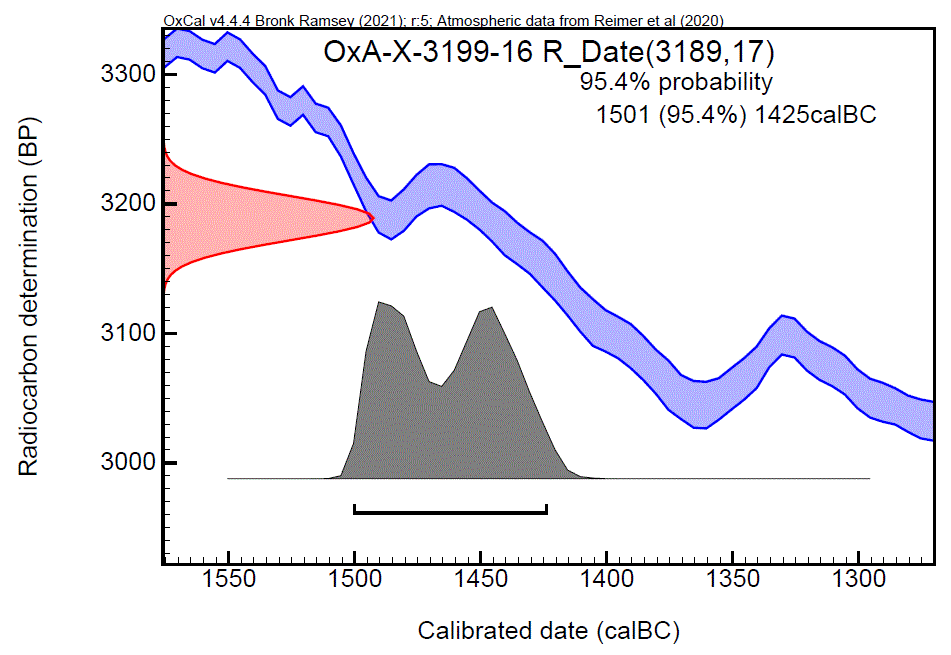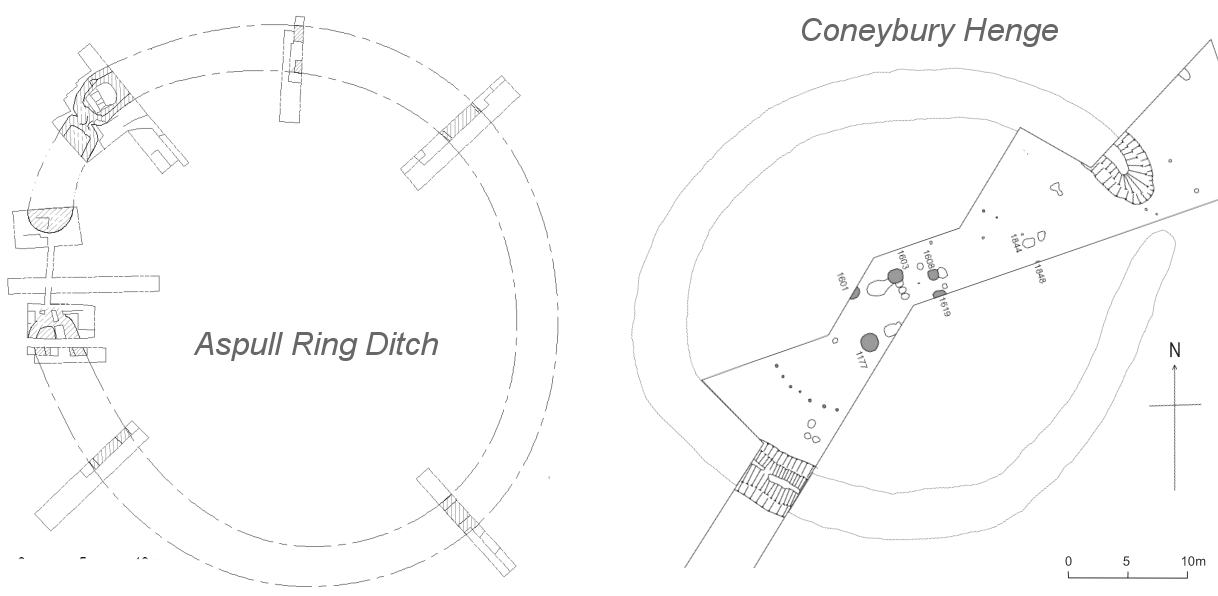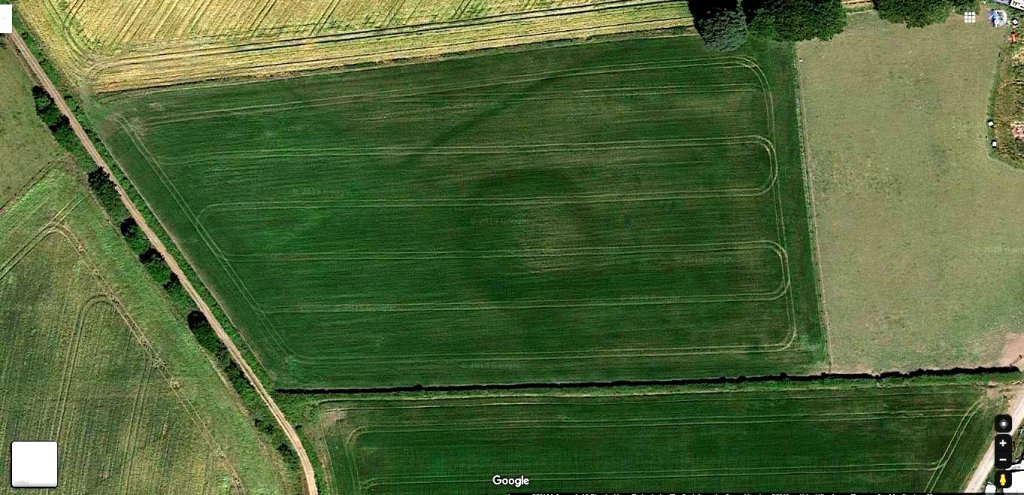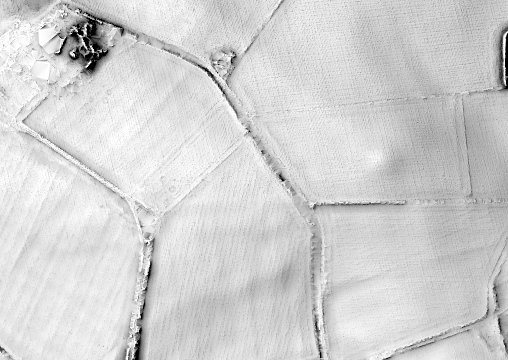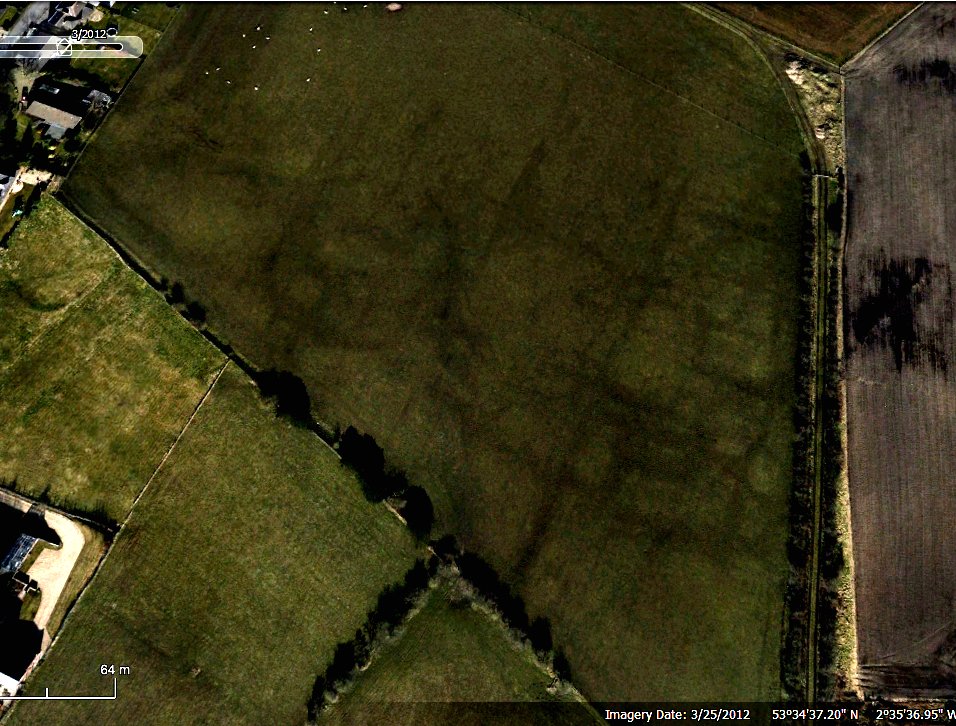It is absolutely amazing how much research Jim Meehan has been able to do for this tour. Twelve graves in all with much detail for each one – this is just an overview, to get the full fascinating stories you’ll have to see if you can catch the next one .
We met up in front of the church where Jim give us a brief history of the Grade I listed church (the only one in the Wigan Borough). 
We then visited our first grave. This was John Coulton – a colliery worker from Red Rock near Haigh who fell victim of a “barbarous murder” one night on Wigan Lane in 1840. The perpetrators were two highway robbers from Manchester. The killers were caught and one died shortly after in prison but the other named Anderton escaped the death sentence when the prosecution’s chief witness withdrew her statement (Jim gives the full story of this on YouTube). The next this grave was Robert Clayton’s – the last Baronet of Adlington. 
The next grave was Thomas Darwell – owner of the Sovereign and Pepper Mills in Wigan and former Wigan Mayor. He was accused of poorly treating his workers but ended up bankrupt and living in poor accommodation next to his former workers (his memorial was erected originally for his wife). 
Next came the Stringfellow and Pendlebury family – including the founder of the famous Wigan department store and his grandson, archaeologist and hero of the Second World War who was executed as a spy in Crete.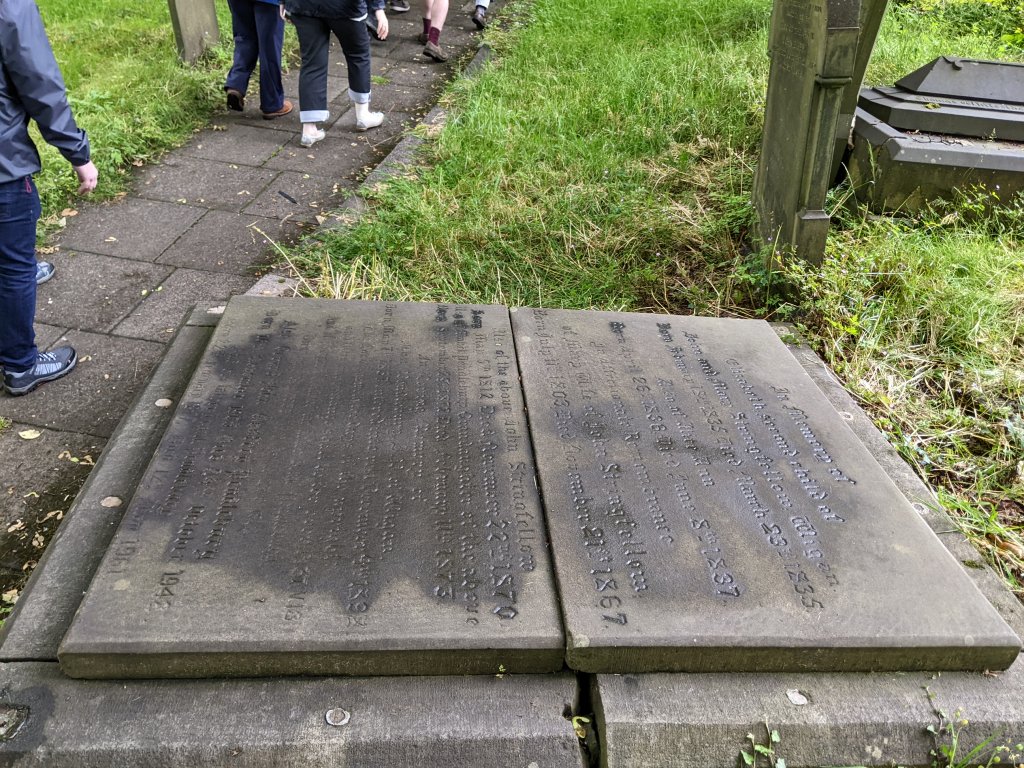
Next came the graves of Benstead and Birley families – who were from very different backgrounds but mourned the death of their children in the same way. On the right side of these two is the grave of James Martland Ainscough and his family – the man who rebuilt Standish Market Place, and built the Wigan war memorial with the help of Giles Gilbert Scott. 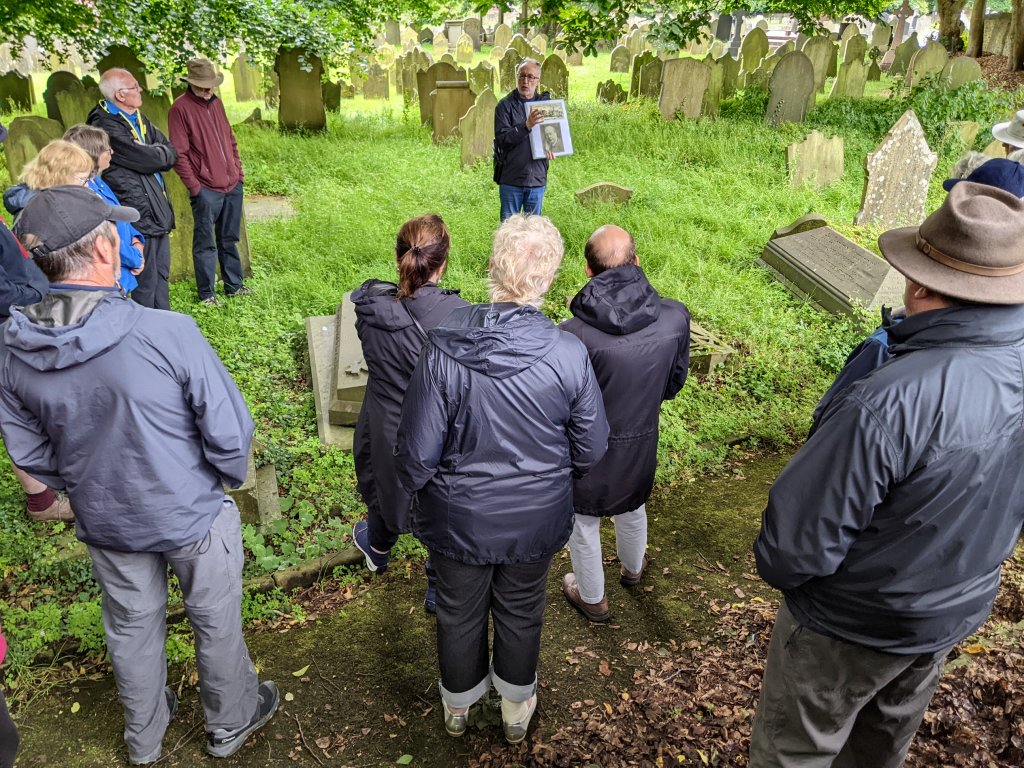
Rector Hutton and his family came next – the influential Rector of Standish for over 50 years.
Next two graves, the Celtic cross on the right is that of JB Almond – the brewer who built the Beeches, now Albert’s restaurant, and lived in Standish Hall. The cross on the far left is that of Nathaniel Eckersley – mill owner, philanthropist and five times mayor of Wigan (Andy Lomax took over here as it’s his specialist subject). 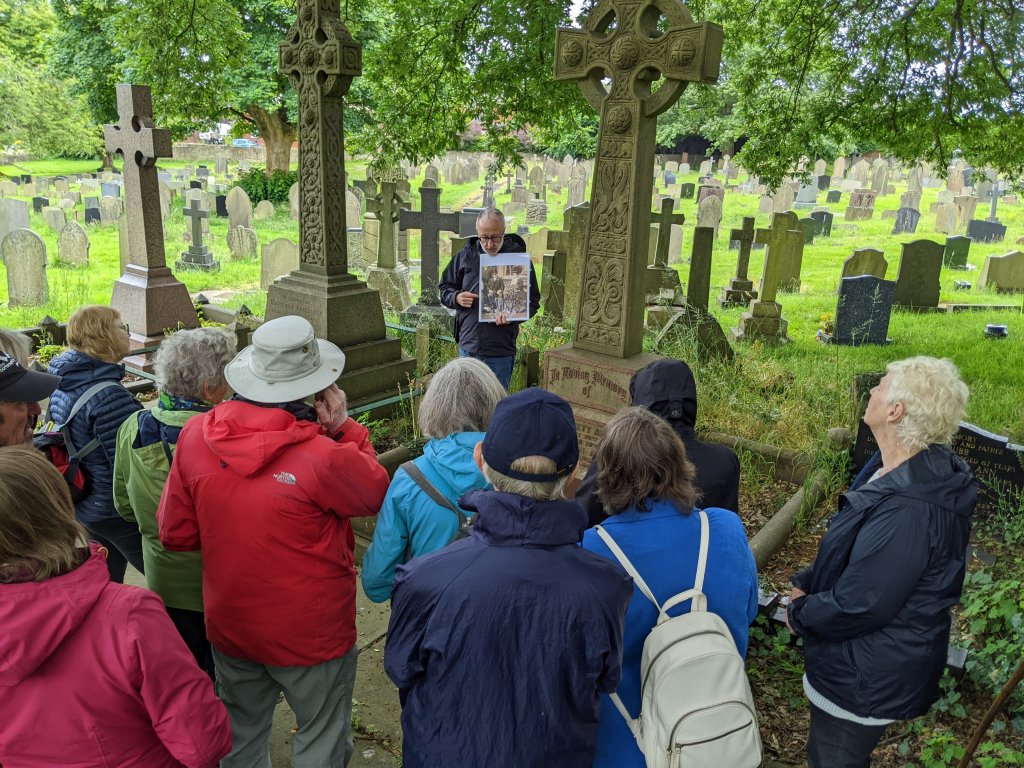
Next to last was the grave of the Turner family which includes the daughter and famous internal soprano singer Dame Eva Turner (she twice appeared on the ‘This is Your Life’ TV programme).
The tour finished with Jack Barlow – a miner who served in WW1 and survived Gallipoli, the Somme, Arras and Ypres. 

